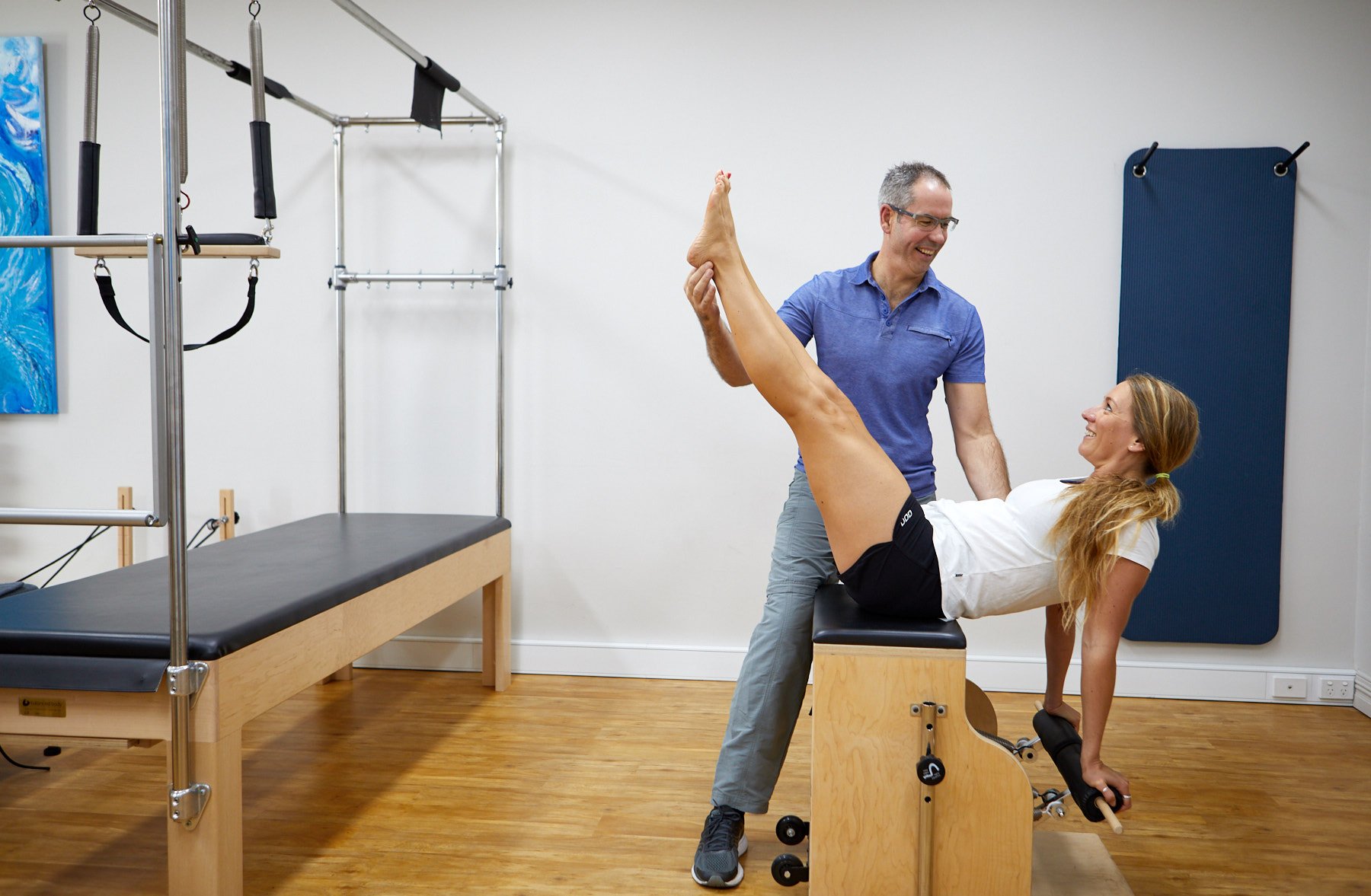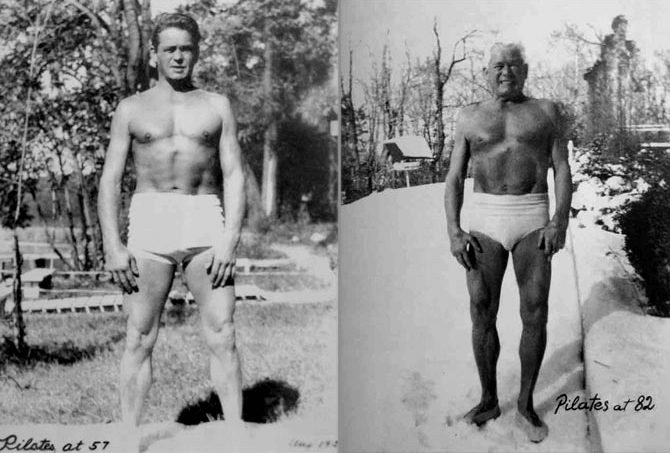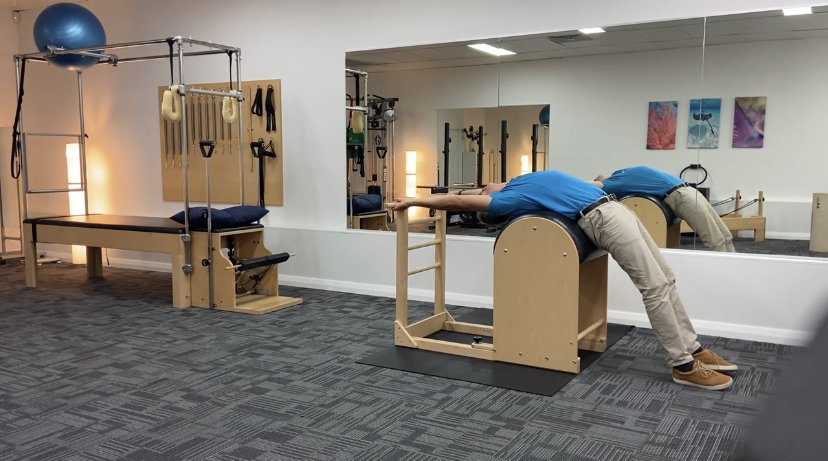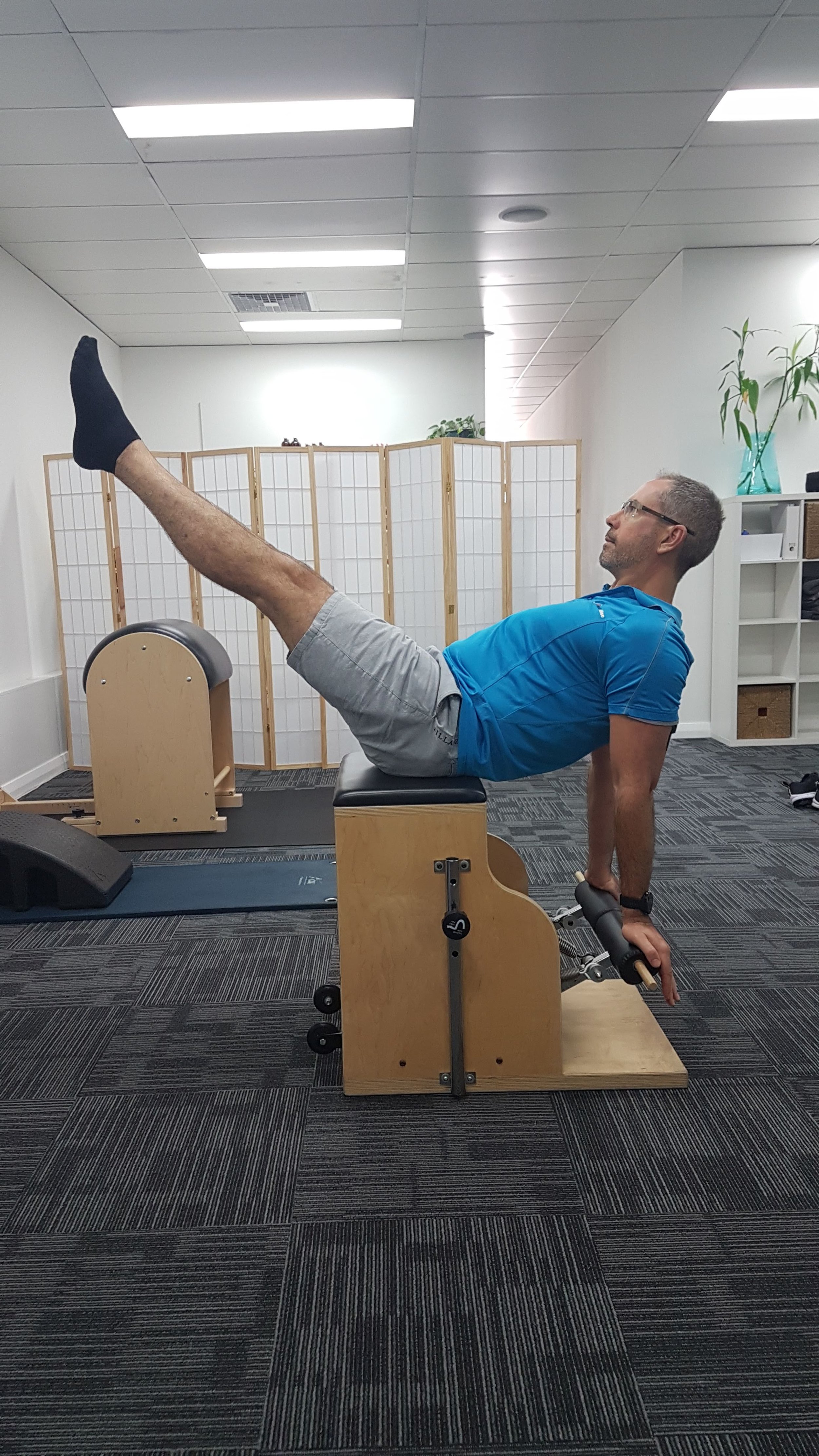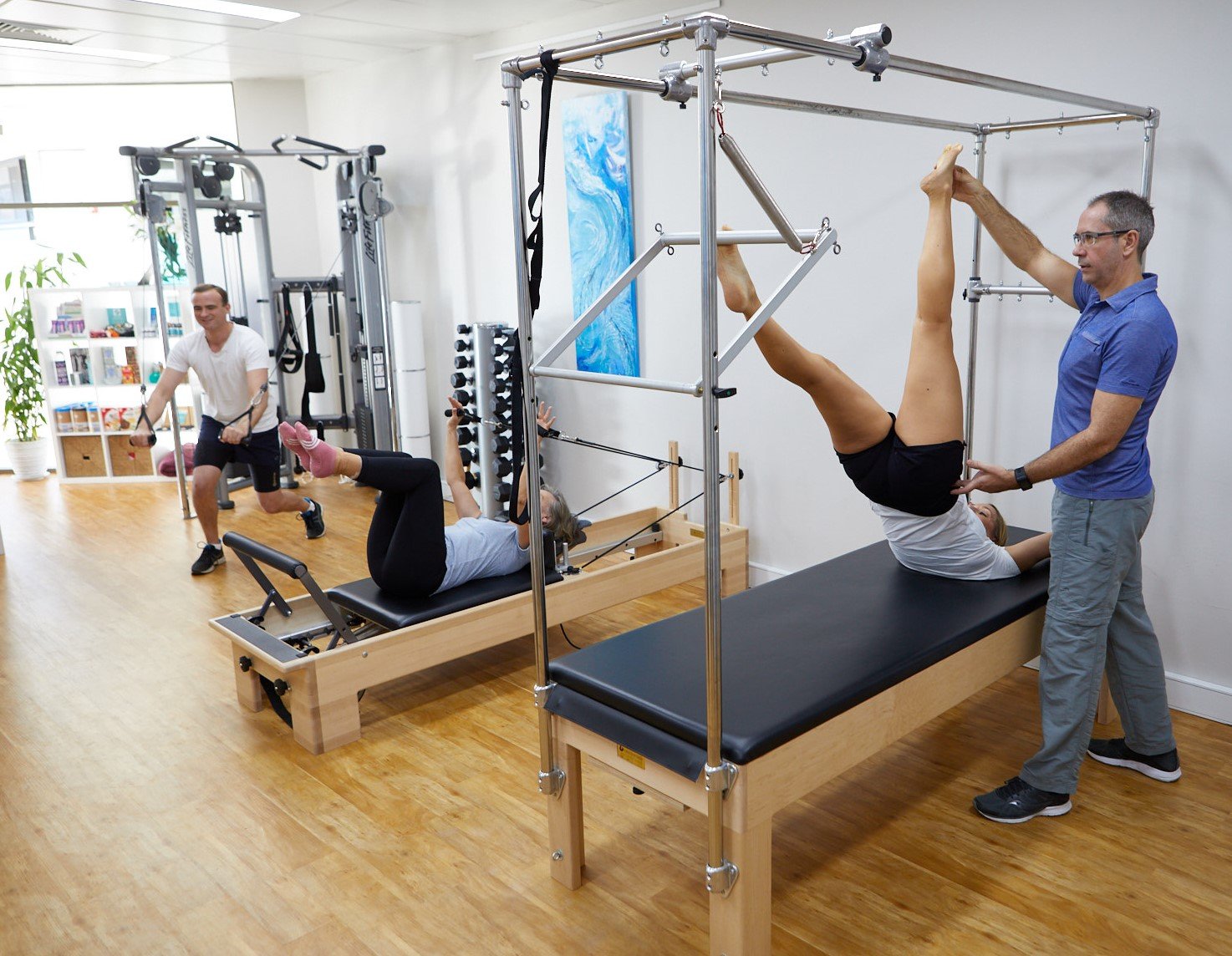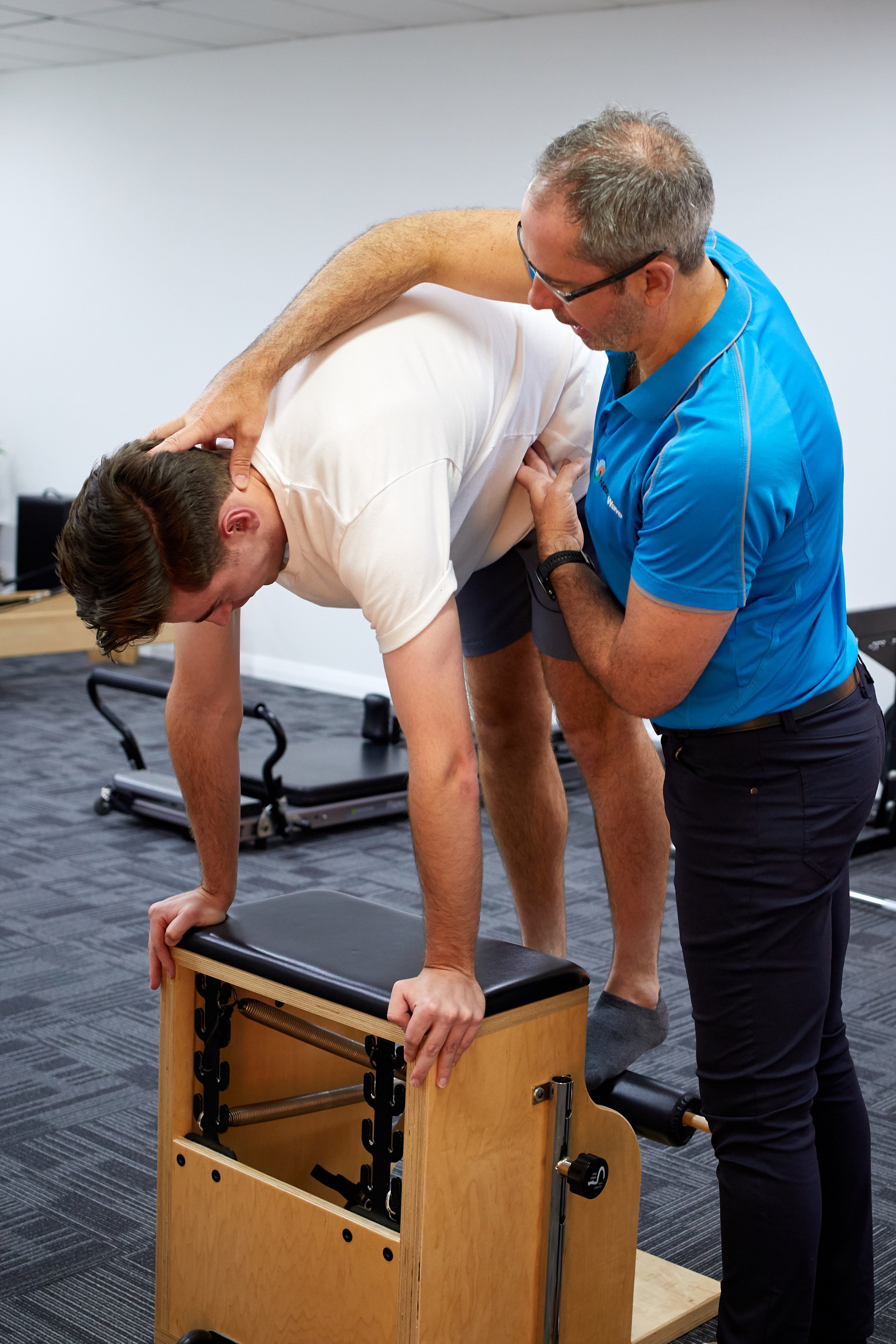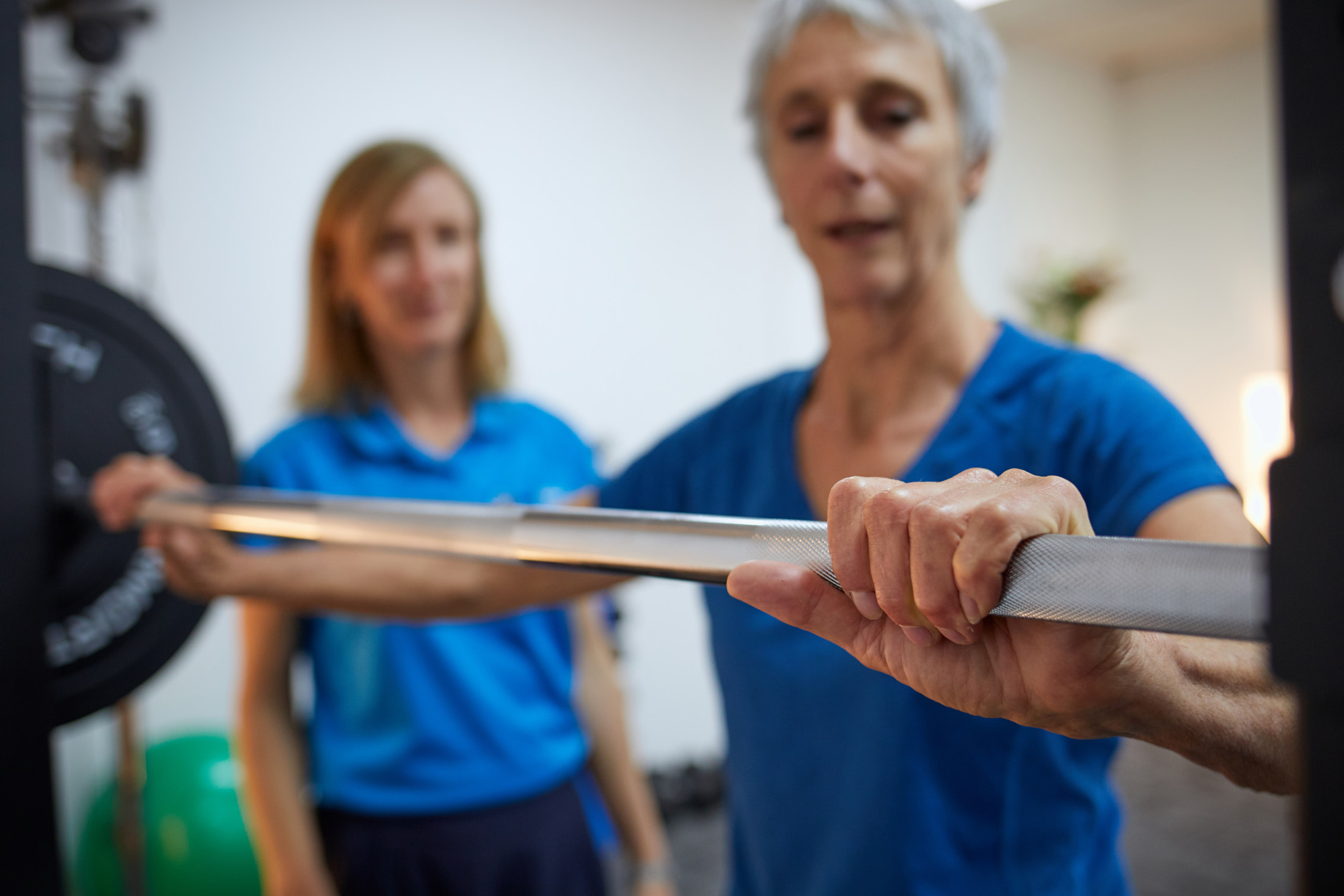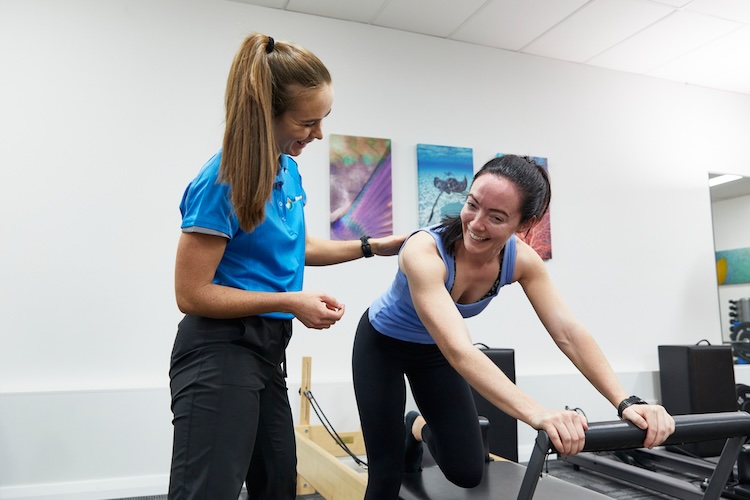Dr Jonathan Wray (FACP) Specialist Musculoskeletal Physiotherapist O’Connor (Fremantle)
Pilates is the integration of mind, body and breath in movement.
I can honestly say that without a doubt Pilates is one of my favourite exercise systems that I have personally participated in. Sure, I think strength training is important and cardio-respiratory fitness is a massive predictor in early morbidity so obviously that is also important too, but there is something about Pilates that fully engages the mind, body and breath that really appeals to me.
For people that have persistent pain and in particular persistent low back pain it seems to be the thing that they gravitate to, probably due to the idea that (rightly or wrongly……more on this in a later blog) it improves your ‘core’ which has long been associated with low back pain.
This may strike a chord with you if you’ve been experiencing pain of some description (or someone you know) and have tried everything from yoga to strength training, to walking or swimming; to try and get out of pain but are at your wits end as nothing seems to help. You may even have tried Pilates, but this may or may not have worked for you either, well read on as “not all Pilates is equal”!
Firstly, I came across Pilates in the late 1990’s and thought it was people exercising their ‘core’ by doing things with a big bouncy ball!!
How Naïve I was. I suffered from low back pain intermittently and enrolled in a 6-week Pilates mat course. Wow this was a humbling experience! I thought I had good body awareness and general strength but the focus and control of muscles that I had never felt before that was required during those Pilates classes made me rethink everything I perceived it to be. This left me interested to learn more.
Pilates today is synonymous with dancers, and slender toned physiques in active wear and much more popular with women than men for some reason. But it wasn’t always like this.
Where did Pilates come from?
Pilates is actually named after Joseph Pilates who was born in Germany in 1880. He was a sickly child and suffered from asthma, rickets and rheumatic fever. To overcome his physical ailments, he explored and practiced body building, gymnastics, martial arts and other physical pursuits. He studied Eastern and Western Philosophies and developed a system of exercise he called Controlology.
In 1912 Joseph Pilates travelled to England to perform in a ‘living Greek statue’ act. When World War I broke out he was interned in a camp on the Isle of Man with other German nationals. He started to devise apparatus to aid in the rehabilitation of the injured and sick. The apparatus that you see today in a modern Pilates studio has directly descended from this.
After the war he returned to Germany and was invited by the government to train the military. In 1923 he emigrated to the United States and on the journey over met a nurse called Clara who he later married. In 1926 they set up a fitness studio in in New York City which attracted a diverse population of dancers, circus performers, gymnasts and athletes. It was dancers that truly recognised the value of the Pilates system and its deep understanding of the workings of the human body.
Joseph Pilates describes in some of his books the essence of Pilates being a system for optimum health not just a physical exercise program. In its truest sense it is the integration of mind, body and breath in movement.
Joseph Pilates age 57 and 82
So back to the question, why is ‘not all Pilates equal’?
Many years ago when I first trained in Pilates, I was a physio with a few years of experience, and I thought all I needed to do was a couple of weekend courses on Pilates and the equipment involved and “Bobs your uncle” I was good to add it to my physio repertoire!!!
That was until I came across people that had trained at a higher level than I had and I watched them adjust and facilitate how people moved. This led me to undertake an internationally recognised qualification, Polestar Pilates certificate in Pilates rehabilitation.
Polestar Pilates Certificate requirements
Polestar Pilates training took 7 months of workshops, 100 hours of self-mastery, 150 hours of assistant teaching as well as being assessed on demonstrating and teaching the whole syllabus in front of a mentor to be signed off on before being accepted to sit a written and practical exam!!!!
Quite a process I can tell you. It took me the best part of 2 years to get through it but what I can say is the depth of learning was second to none as it was practical, experiential and academic all at the same time.
Applying knowledge into practice
However, this is only part of the picture. The next part of my learning was how to apply what I had learnt to people with different pain presentations i.e., the right exercises to the right patients at the right time!
All I can say is that this takes time and experience just like any skill that requires mastery and is an ongoing process of learning.
Well, it’s been over 10 years since I passed my final exam in Pilates and having completed a master’s degree in Musculoskeletal physiotherapy and completed the rigorous specialisation process through the Australian College of Physiotherapists I can honestly say that having trained in Pilates has helped me with exercise prescription and rehabilitation of patients through all these endeavours.
So finding a good practitioner that understands Pilates as a movement system, has trained extensively in it (whether for general exercise and well being or injury rehabilitation) is essential as ‘not all Pilates is equal’ …
Written by Dr Jonathan Wray (FACP) Specialist Musculoskeletal Physiotherapist (as awarded by the Australian College of Physiotherapists 2022)

